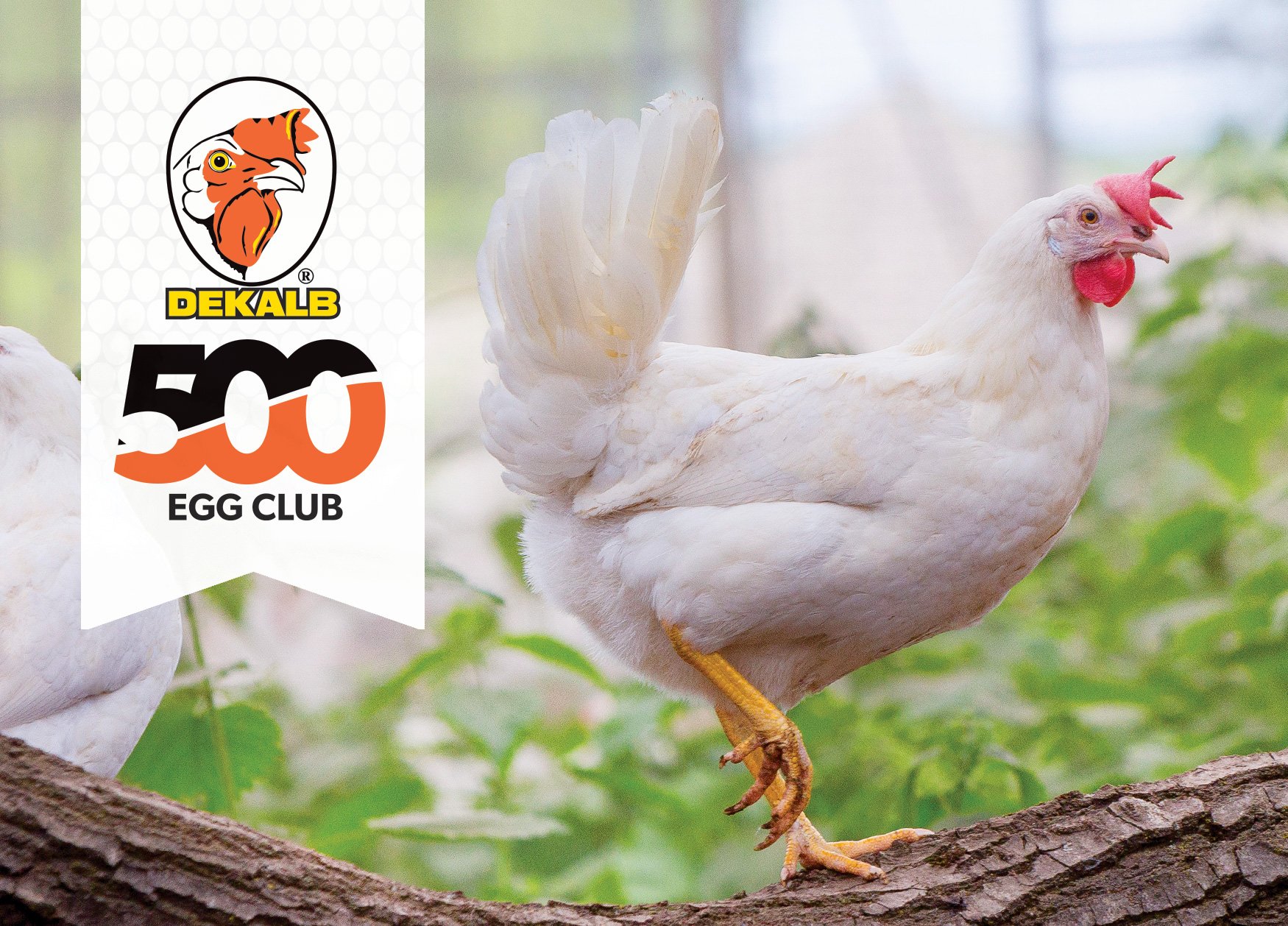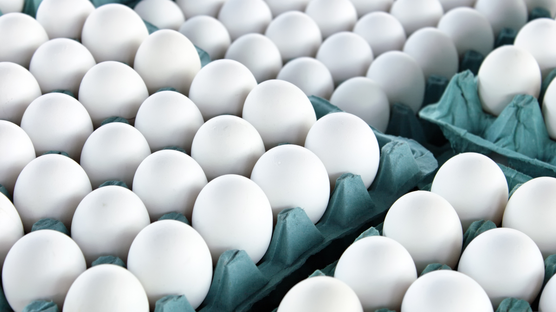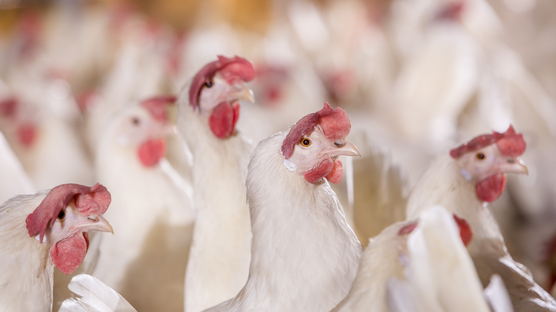
Published on April 29, 2025
Cracking myths, cracking eggs
The truth about white egg layers in the United Kingdom
As of January 2025, white egg production has increased to make up 12% of all chicks placed in the UK. This is notable, as it represents a level of production equal to the combined scale of both barn and organic egg systems in the UK. In this article we are debunking common myths associated with white laying hens. These misconceptions often influence perceptions about the viability and performance of white egg production, we’ll try to clarify them through data and practical insights:
Feed Consumption:
One of the most widespread myths about white laying hens is that they consume considerably less feed than brown hens. While it’s true that white hens generally eat a bit less, studies show this difference is minimal—just 5-6 grams less per day in UK free-range systems, rather than the 10 grams often cited.
Market Dominance in Europe:
There’s also a belief that white eggs dominate the European market, but the situation is more nuanced. Countries like the Netherlands, Denmark and Germany have seen an uptick in white egg production, but this hasn’t led to widespread dominance across Europe. In the south of Europe, brown eggs still command the largest share. But white eggs are on the rise in almost all markets. The market for white eggs remains diverse, with a notable shift spreading from the North to the South.
Disease Resistance:
A common perception is that white laying hens are more prone to disease, but the reality is more complicated. White hens are not inherently disease-resistant. However, producers who have switched to white layers have reported better performance in terms of flock resilience, longevity, and overall health. These benefits are often attributed to proper management and the genetic traits of modern white layers. White hens can thrive in various systems, but disease resistance still depends on farm management and biosecurity measures.
Egg Quality and Grading:
Many people assume that white eggs are smaller or have higher second-grade rates than brown eggs. However, research and field data indicate otherwise. White hens typically lay eggs with a consistent weight curve. In fact, several egg producers have reported impressively low second-grade rates, with large eggs representing a significant proportion of the production. The key to this high-quality output is proper flock management, as well as a balanced breeding program.
Flightiness:
There’s a myth that white hens are flightier or more difficult to manage than brown hens. While white hens are generally more active and agile, they are not necessarily more nervous. In fact, many producers find white layers to be easier to manage, as their natural instinct is to move out of the way when approached, reducing the risk of accidents or injuries in the flock. The perception of nervousness is often overstated, and with proper care, white hens can be docile.
Egg Production Potential:
There is a myth that white hens can only achieve around 500 eggs in cage housing, but this is far from the truth. In fact, the majority of the 500 egg flocks in the Hendrix Genetics field database, come from cage-free flocks, with the best flock producing up to 590 eggs by 117 weeks without moulting.
Environmental Impact:
White laying hens are often considered more environmentally friendly than brown hens due to their lighter body weight, which results in lower feed consumption and increased egg mass yield. Studies confirm that white egg layers have a lower carbon footprint compared to brown egg layers—about 5.33% less to 90 weeks and 6.31% less to 100 weeks.
Yolk Size:
It is sometimes claimed that white eggs have larger yolks. Research, shows that there is a slight difference in yolk size, with white eggs tending to have slightly more yolk. However, this difference is minimal when comparing the two types of eggs. In practice, the yolk-to-egg ratio varies more with the size of the egg and not with the breed.
Egg Processing Advantages:
White eggs are preferred in certain egg processing sectors due to their cleaner peeling when boiled and their superior performance in liquid egg production. The food industry, particularly companies focused on egg products, often favour white eggs because they produce higher-quality liquid eggs, which are easier to process and use in various food applications.
In recent years, white eggs layers have gained popularity in the UK market. However, uncertainties remain regarding their long-term future. When cracking the myths, the evidence clearly shows that white laying hens have significant production potential, strong resilience, and environmental benefits, making them an egg-citing option for egg producers. With the right management in place, these white hens can deliver value to every stakeholder in the egg-value chain.
This article has been based on the interview with our colleagues Peter Cumbers and Nick Bailey, published in the December 2024 Ranger magazine




